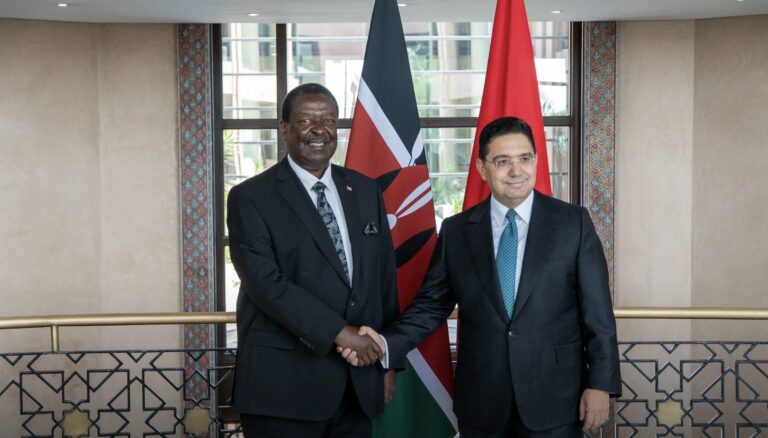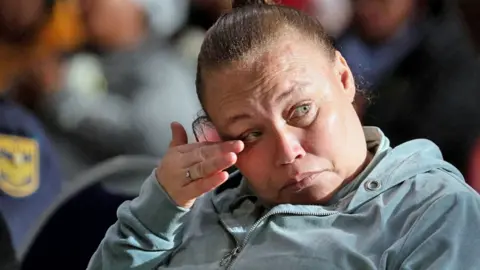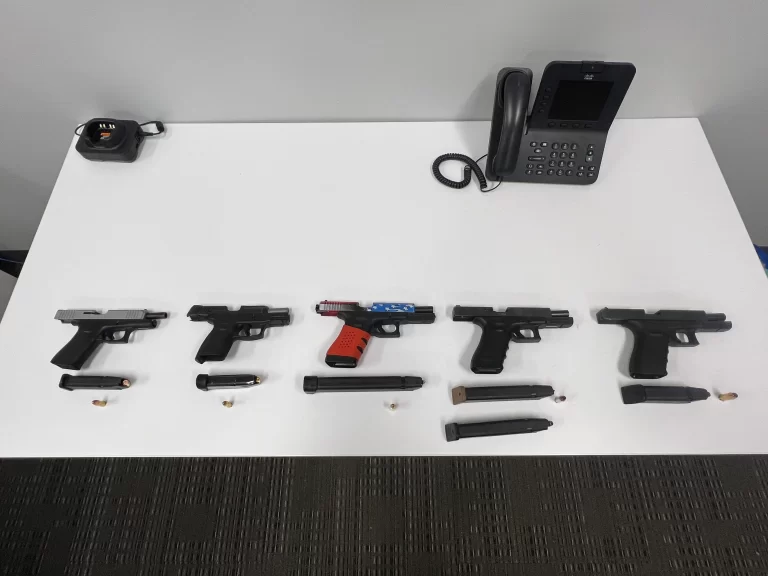
In the heart of Moscow, a city that has weathered many storms throughout history, a new chapter unfolded as murmurs of discontent transformed into a formidable challenge for President Vladimir Putin. The Kremlin, typically a symbol of power and stability, now found itself at the center of a growing storm as protests against the government’s policies gained momentum.
The unrest had been simmering for weeks, fueled by grievances ranging from economic struggles to allegations of corruption within the government. The dissatisfaction reached a boiling point when a series of controversial decisions sparked widespread public outrage. The people, tired of what they perceived as a lack of responsiveness from their leaders, took to the streets in unprecedented numbers.
Putin, known for his strongman image, was faced with a dilemma as the protests showed no signs of abating. The Kremlin’s response, however, was swift and forceful. In a surprising move, the Russian president decided to dispatch the National Guard, a move that underscored the gravity of the situation.
As the heavily armed National Guard troops filled the streets, Moscow transformed into a city on edge. The once-bustling squares and boulevards became the backdrop for a tense standoff between the government and its dissatisfied citizens. The world watched as the Kremlin’s response unfolded, with concerns about the potential for a crackdown on civil liberties growing by the day.
The protests, initially peaceful, took a more confrontational turn as clashes between protesters and the National Guard became increasingly frequent. The international community expressed growing apprehension, calling for restraint and a peaceful resolution to the crisis.
Inside the Kremlin, Putin convened emergency meetings with top officials to assess the situation. The president, known for his strategic acumen, faced a delicate balancing act — demonstrating strength to quell the unrest while avoiding a descent into authoritarianism that could isolate Russia on the global stage.
The protests continued to capture global headlines, and as images of the unrest spread, international leaders weighed in on the situation. Calls for dialogue and a peaceful resolution echoed across diplomatic corridors, emphasizing the need for the Russian government to address the underlying issues that fueled the discontent.
As the standoff persisted, the Kremlin found itself at a crossroads. Would it double down on its show of force, risking further escalation, or would it acknowledge the grievances of its people and seek a path to reconciliation?
The story of Putin’s deployment of the National Guard against the uprising was far from over. The world watched with bated breath, unsure of the ultimate outcome, as the fate of Russia’s political landscape hung in the balance, with the Kremlin at the epicenter of a storm that demanded careful navigation and a commitment to preserving the delicate balance between authority and the people’s voice.




